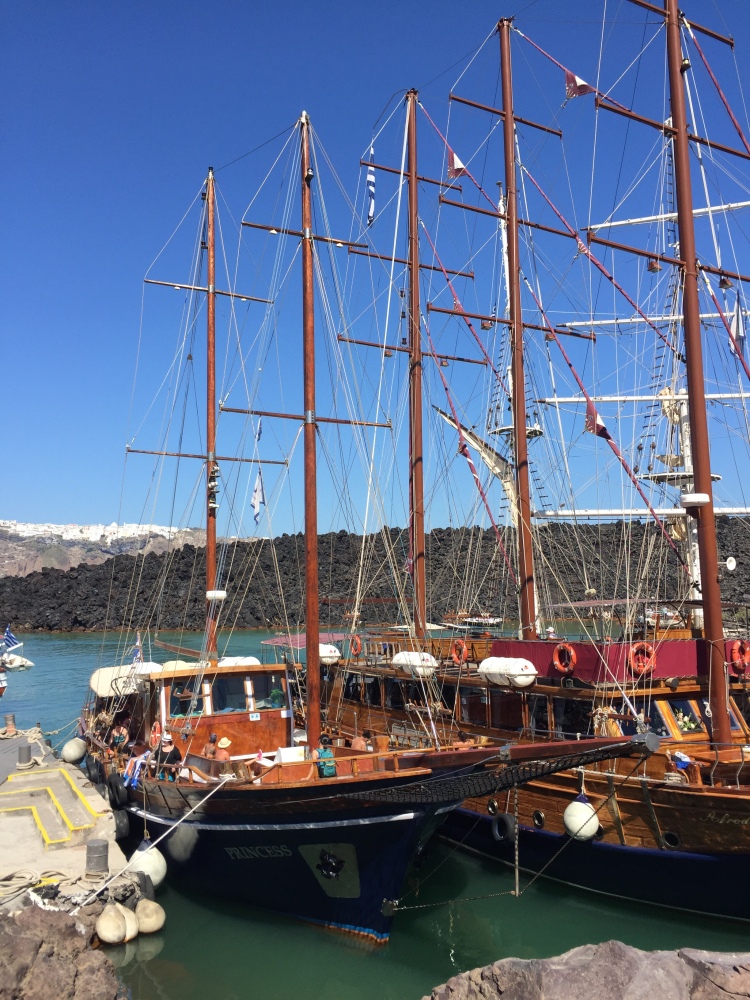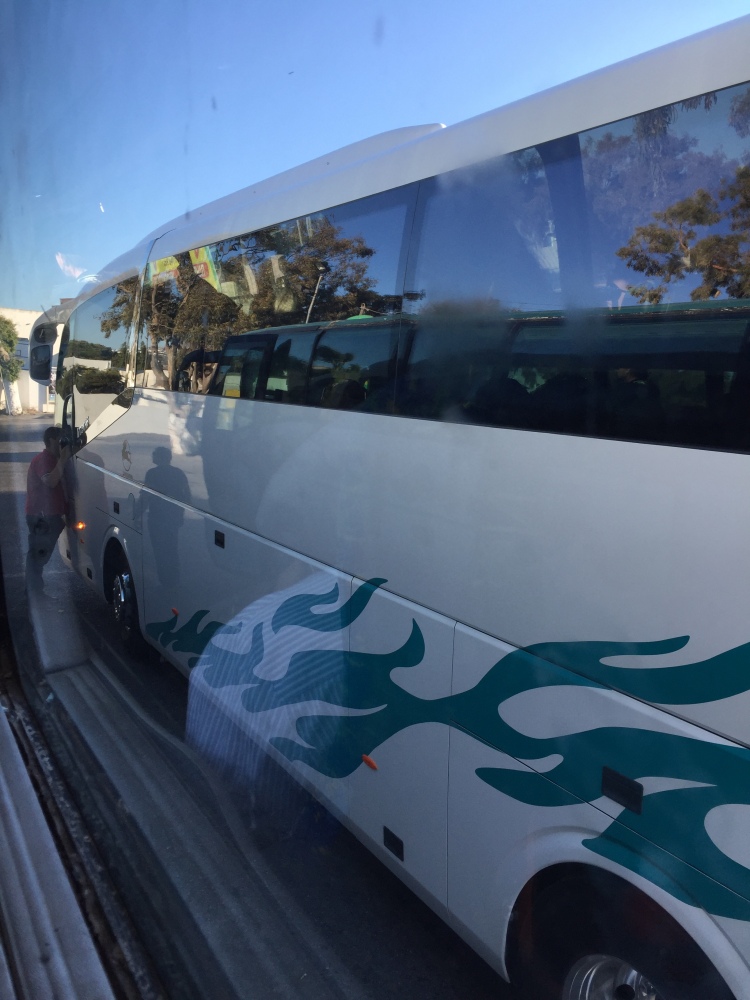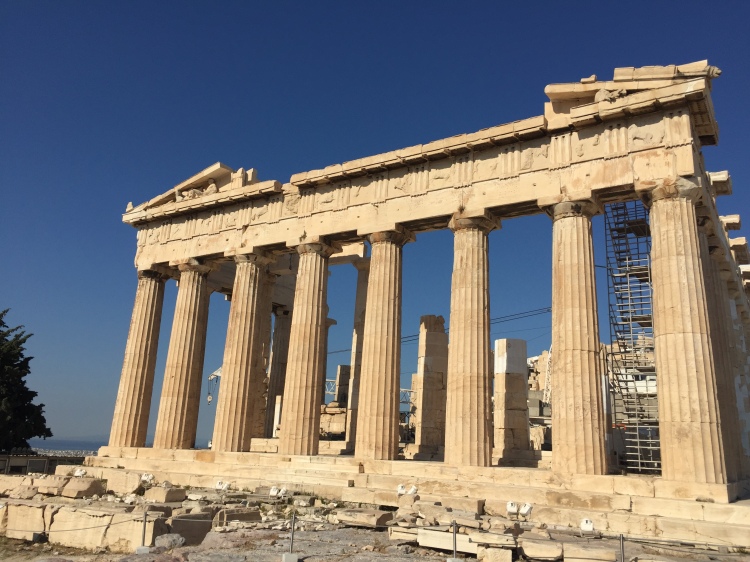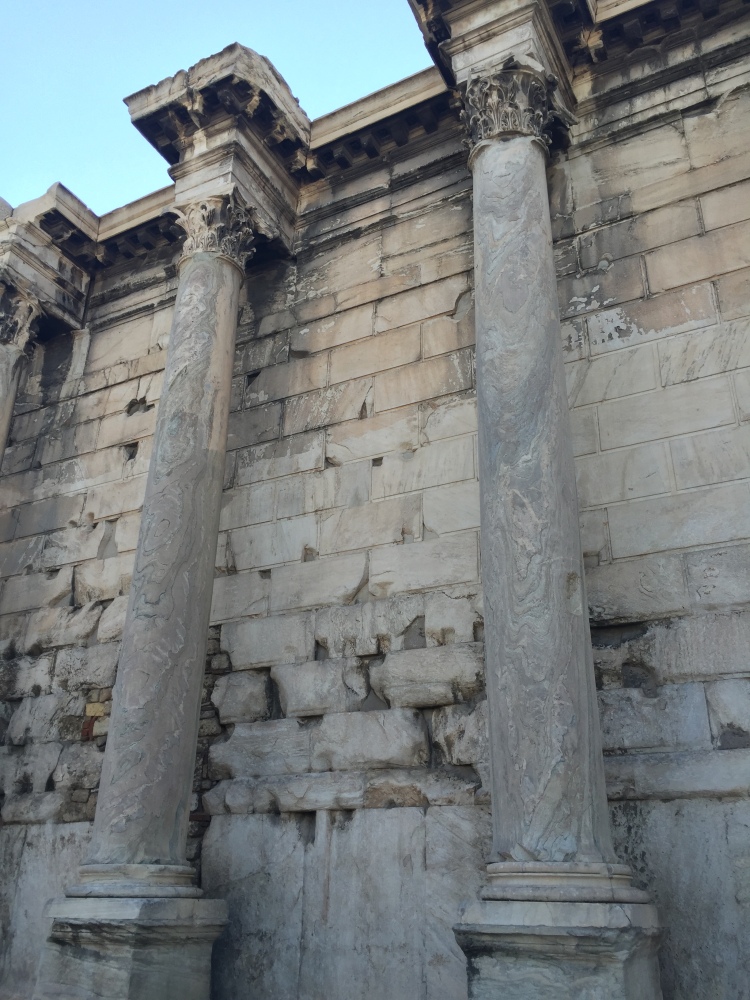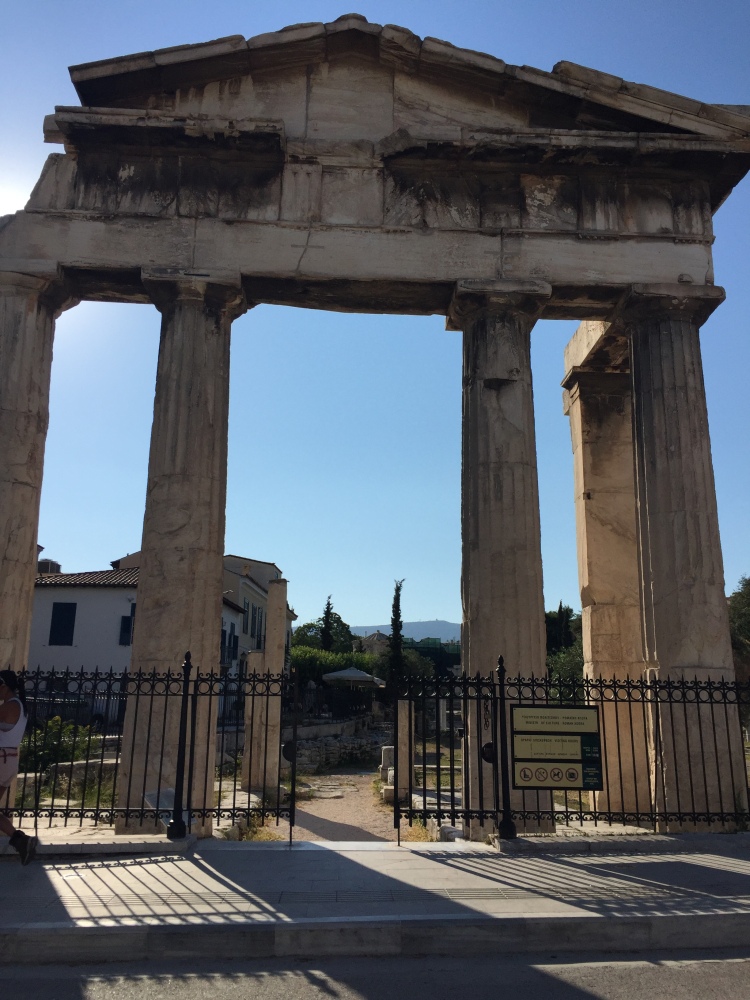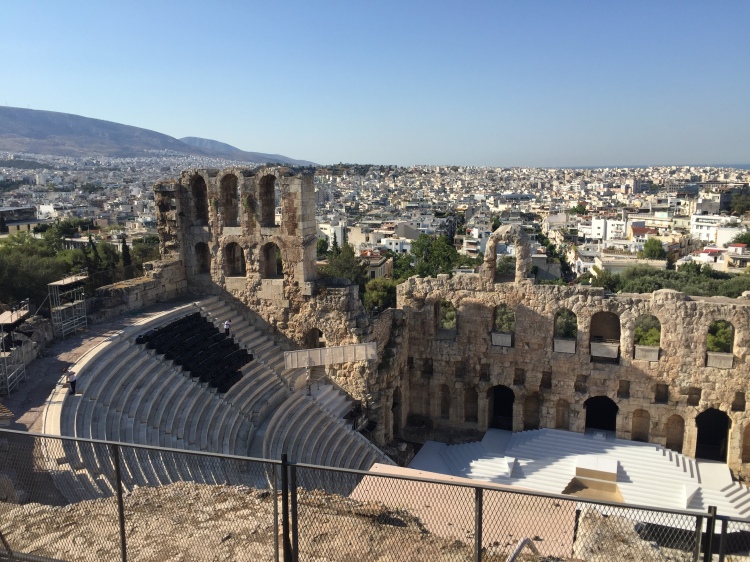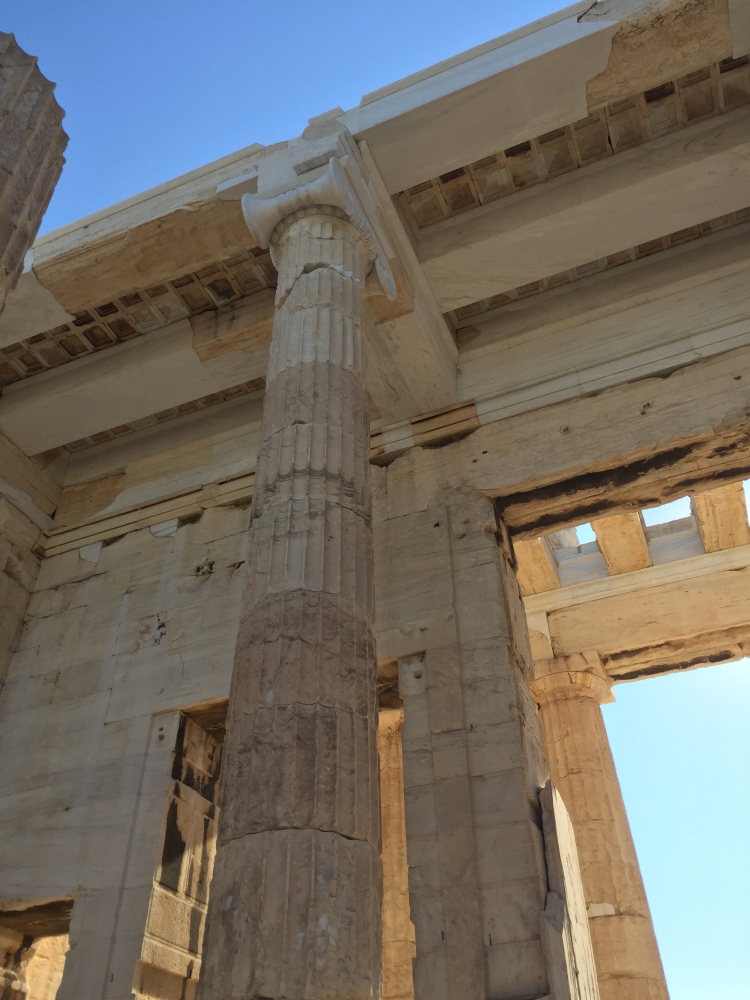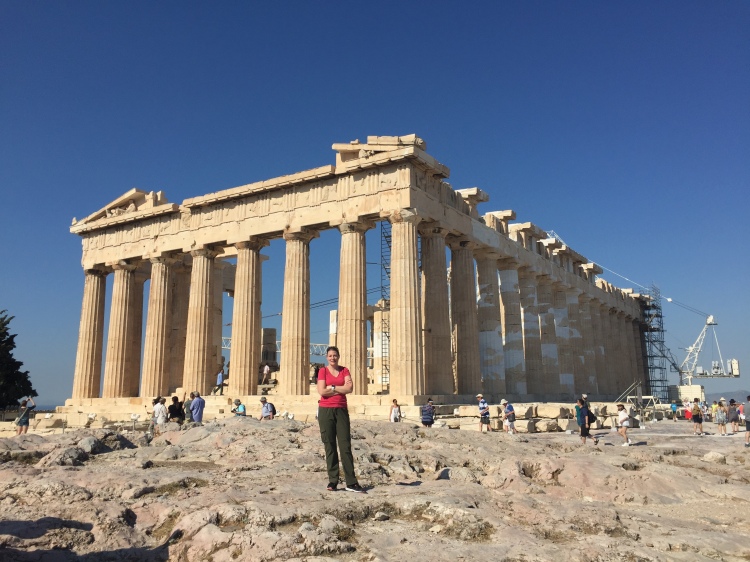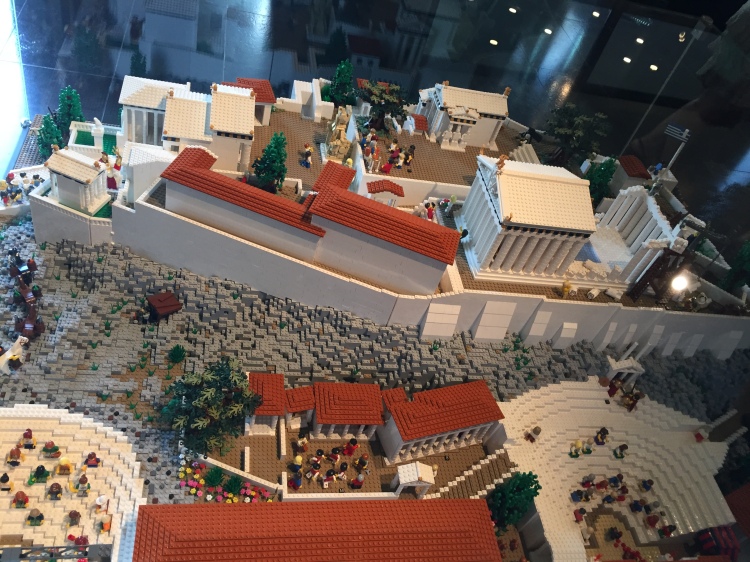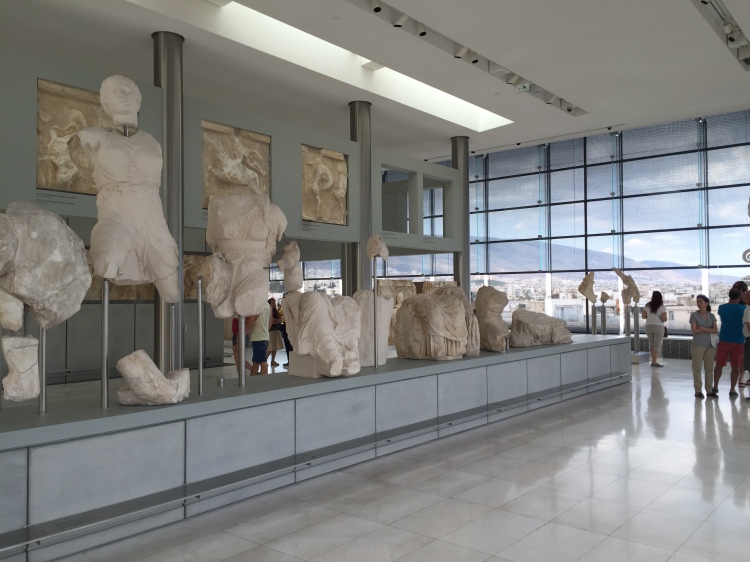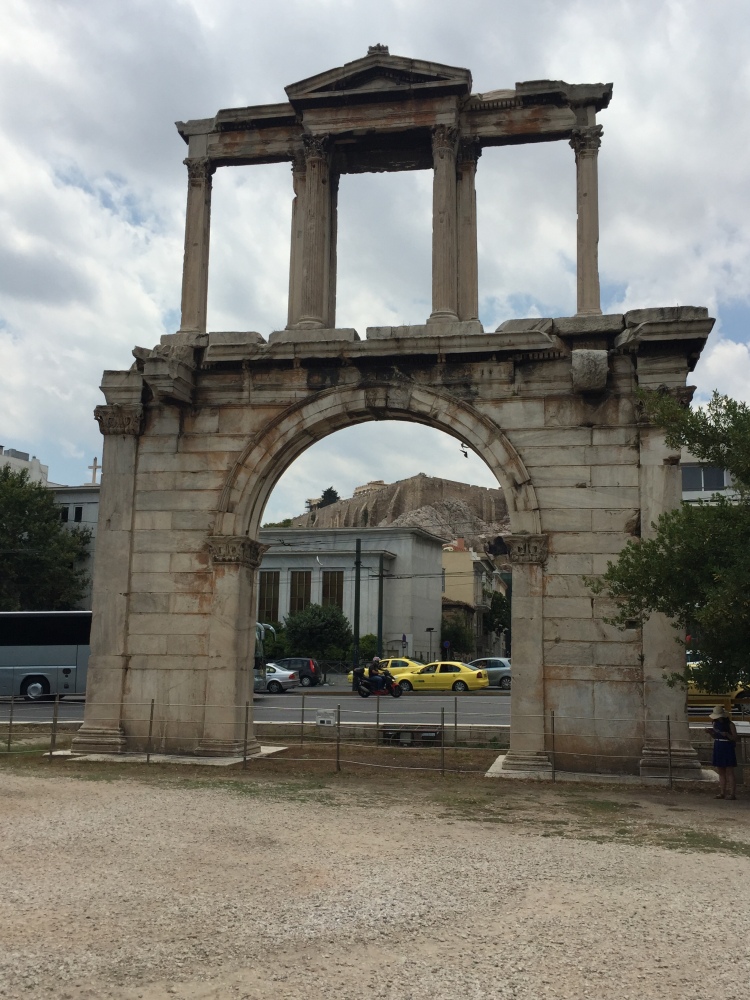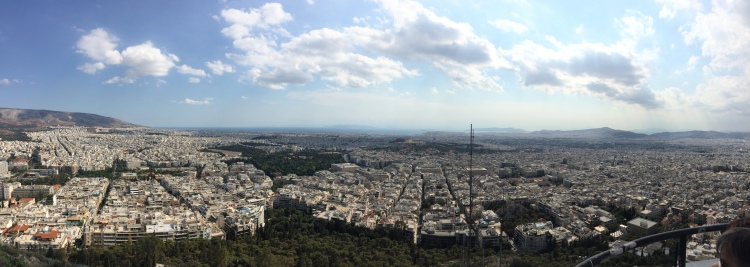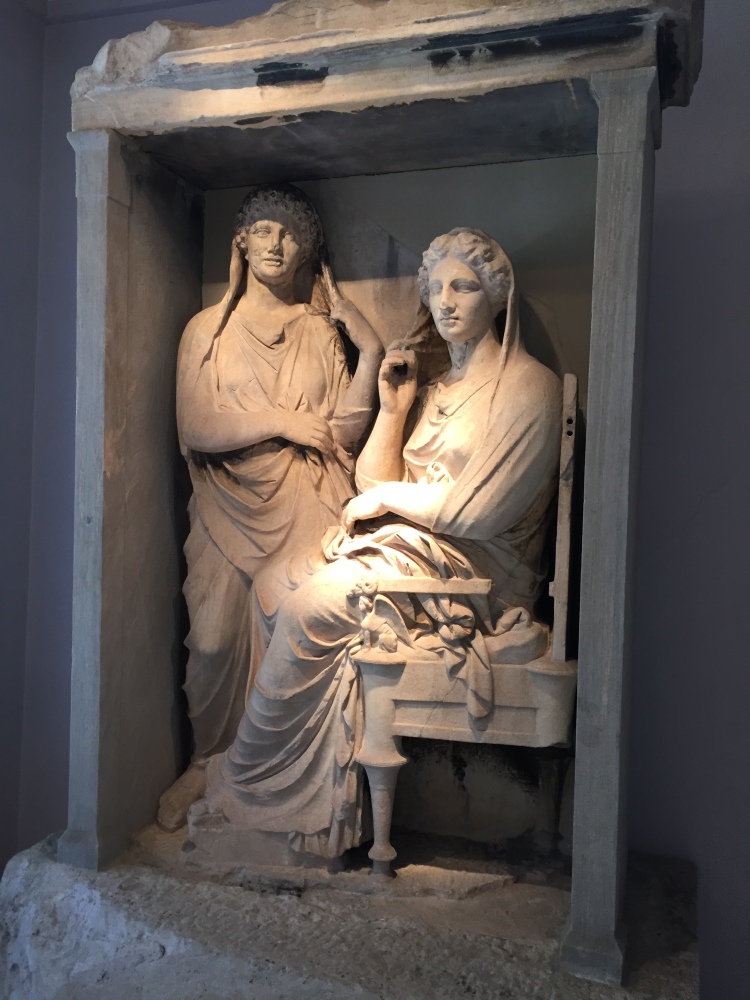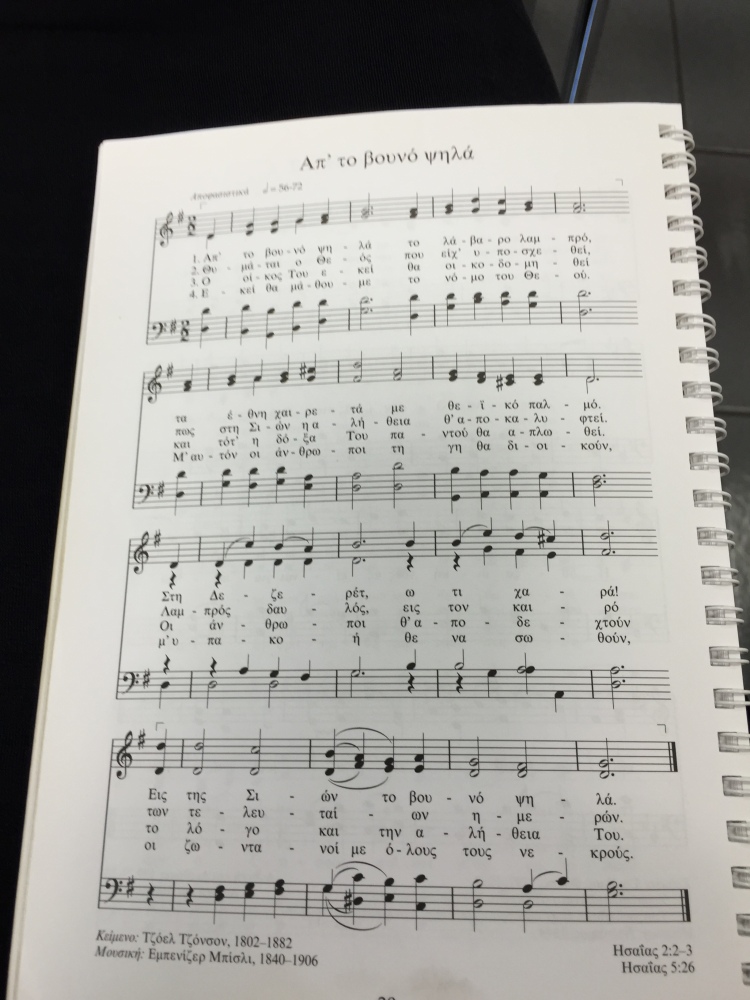ECIS was held in Istanbul, so I spent five days there. There was a bombing the week before I got there, and the airport was bombed two weeks after I returned. I feel pretty lucky to have been there before the recent coup and its fallout.
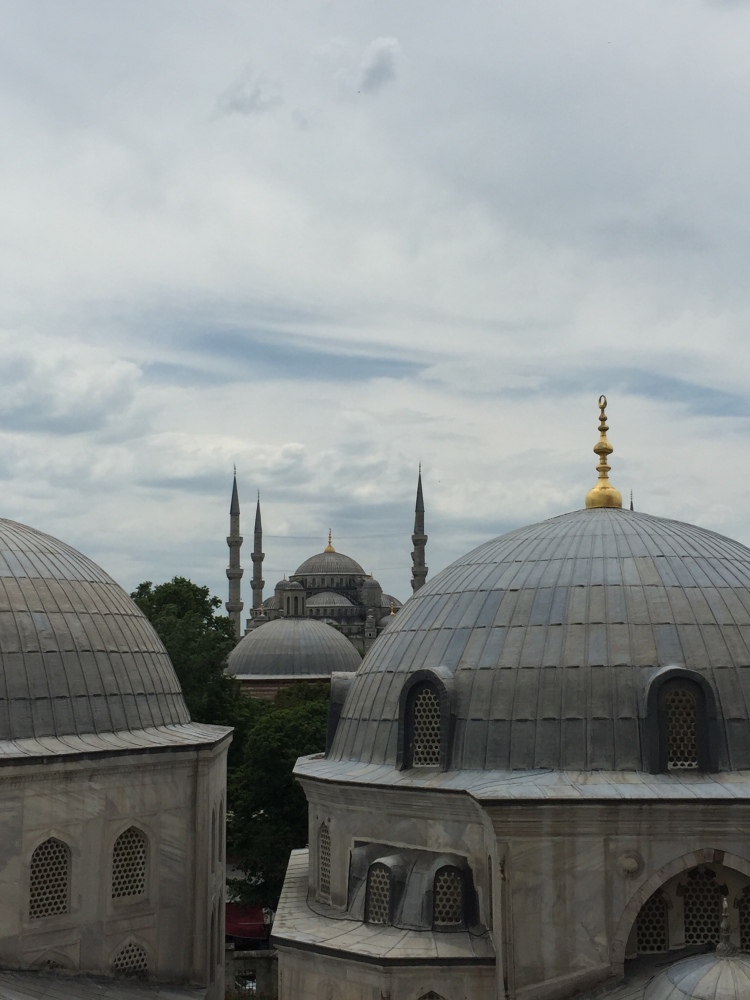
The first evening was the conference welcome reception at Boğaziçi University. Boğaziçi is the Turkish word for Bosphorus.
In a predominantly Muslim country there were the five daily calls to prayer from the minarets. Here’s a video of one. Pretty cool.
I went to the Sultanahmet district and saw the major sights there. First, went to the Hippodrome and saw the Obelisk of Theodosius, two-thirds of an Egyptian obelisk that was taken and erected here in 390.

Next, I went to
Sultanahmet Mosque (the Blue Mosque). Very large and beautiful. Capacity of 10,000 people.

I kept my scarf handy so I could enter the mosques.
I saw the Million Stone which was the zero point for all measured distances in the Byzantine empire.
Then I went to the
Basilica Cistern, a very large unground cistern with 336 marble columns—in Doric, Ionic, and Corinthian styles. I saw two column basis with Medusa heads—purposely put on its side and the other upside down. I got dripped on a bit.
Then I went to the
Hagia Sophia (Ayasofya) Museum. It was first built as a church in 360 AD, but was destroyed after rioting. A new church was constructed on the site in 415, but it was also destroyed through rioting and fire. Third version was built in 537. From Wikipedia:
“From the date of its construction in 537 AD, and until 1453, it served as an Orthodox cathedral and seat of the Patriarch of Constantinople,[1] except between 1204 and 1261, when it was converted by the Fourth Crusaders to a Roman Catholic cathedral under the Latin Empire of Constantinople. The building was a mosque from 29 May 1453 until 1931. It was then secularized and opened as a museum on 1 February 1935.”
Besides being very large and beautiful, the Hagia Sofia was interesting because it contained Christian and Islamic iconography side by side, after many of the the Christian symbols and artwork (such as mosaics) were uncovered. We listened to an audio tour and spent perhaps two hours there. Much of the interior was covered due to repairs, but it was still beautiful and interesting to see.
Then I saw tombs of several sultans (such as Sultan Mehmed III) and their families. The caskets were draped in green cloth, with the largest caskets for the the sultan and prominent family member. Many small caskets for children. The caskets had interesting white turbans on a pole above at the end.
Then I went to see
Hagia Irene. A very old church built by Constantine in 360 AD that has been stripped of almost all of its Christian iconography and is now only used for musical concerts. There were many pigeons inside, and the seats for the audience had a large net overhead to catch pigeon feathers and droppings. Still a beautiful building.
Topkapı Palace: was the residence for the Ottoman sultans 1465-1856. We were able to see items from the treasury: lots of big jewels and some bejeweled weapons. There were several rooms with enormous sofas as well as fancy fireplaces and domes. In an exhibit on the Islamic religion there were several artifacts. In addition, there was a man reading from the Qu’ran live.
We also got a tour of the harem where the wives, concubines, and eunuchs lived. More elaborate domes and tiled walls, but probably not the best life.
We took the tram to the Grand Bazaar (
Kapalıçarşı). It is a labyrinth of shops in domed narrow alleys. The power was out sporadically.
We stumbled upon
Nuruosmaniye Mosque (built in 1748-1755), they were about to start a Ramadan
iftar evening meal in the courtyard.
We went to the
Çemberlitaş Hamami (Turkish bath) built in 1584 by
Mimar Sinan (architect of the Suleymaniye Mosque. Segregated by gender. Hot stone in sauna area (with big dome), scrubbing with really fluffy soap, rinse and relax again on the hot stone. Relaxing experience. No photos allowed inside.
The next morning I went to
Galata Tower, originally built of wood in 528, rebuilt in its current form in 1348. Great views of Istanbul. Walked across
Galata Bridge. Lots of people fishing.
Went to
Yeni Camii (the “new mosque”), built 1663. Very ornate and intricate wall patterns.
Then went to the
Süleymaniye Mosque, built in 1557 by Suleymaniye the Great. The largest mosque in Istanbul. Good use of white space to break up the art. Bright interior. Also saw the tomb of Suleymaniye the Great and one of his successors.
Then went on Bosphorus Straight boat cruise for 90 minutes. Went up and down the Asian and European banks of the Bosphorus between the Bosphorus and the Fatih Sultan Mehmet bridges.
Then took the funicular metro to the
Taksim Square and garden. Saw the monument to the Turkish revolution, site of multiple protests.
Walked down
İstiklâl Caddesi Lots of pedestrians, international chains like the Gap, McDonalds, Pizza Hut, H&M, Levi’s, etc. It’s famous for its historic streetcars.
Conference presentations (including mine).
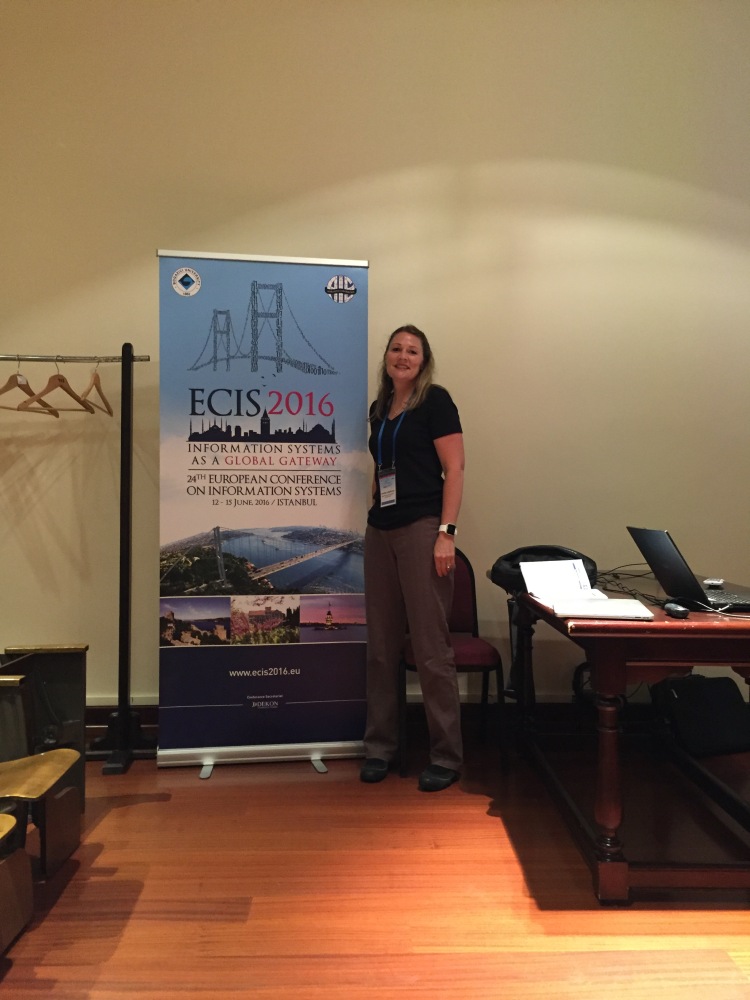
Dolmabahçe Palace—a baroque/rococo style palace built for the Sultan in 1856. “Jaw-dropping” 4 ton chandelier.
We visited the
Dolmabahçe Mosque next door—also interesting because of the baroque style of architecture.
We took the ferry across the Bosphorus Strait to the
Üsküdar district on the Asian side. We passed the
Maiden’s Tower.
We eventually were able to catch the 9UD bus to take us most of the way to
Çamlıca Park. It’s the highest point in Istanbul and provides great views of both sides of Istanbul.
It was an amazing city to see.




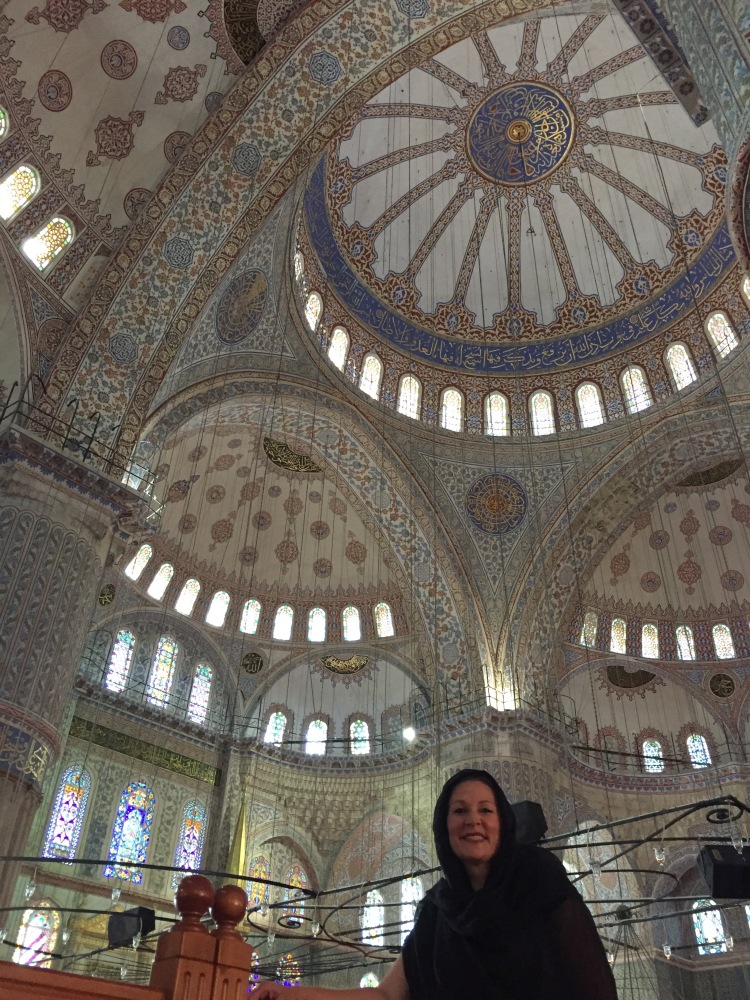
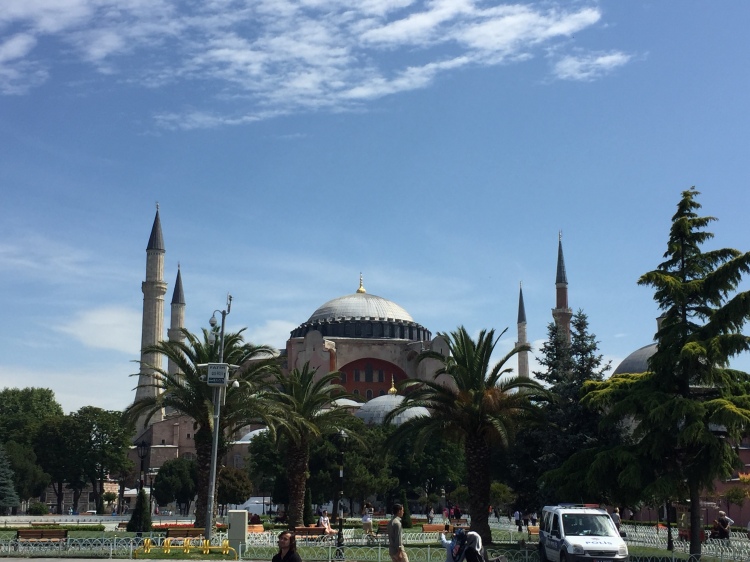
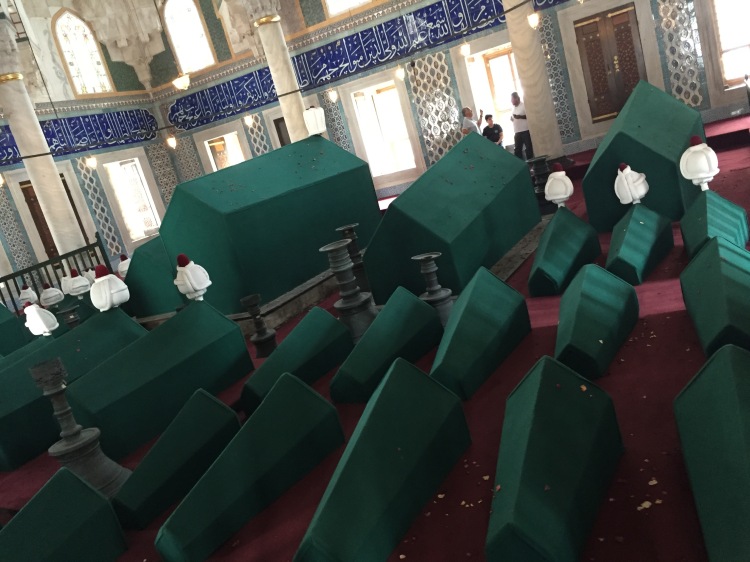
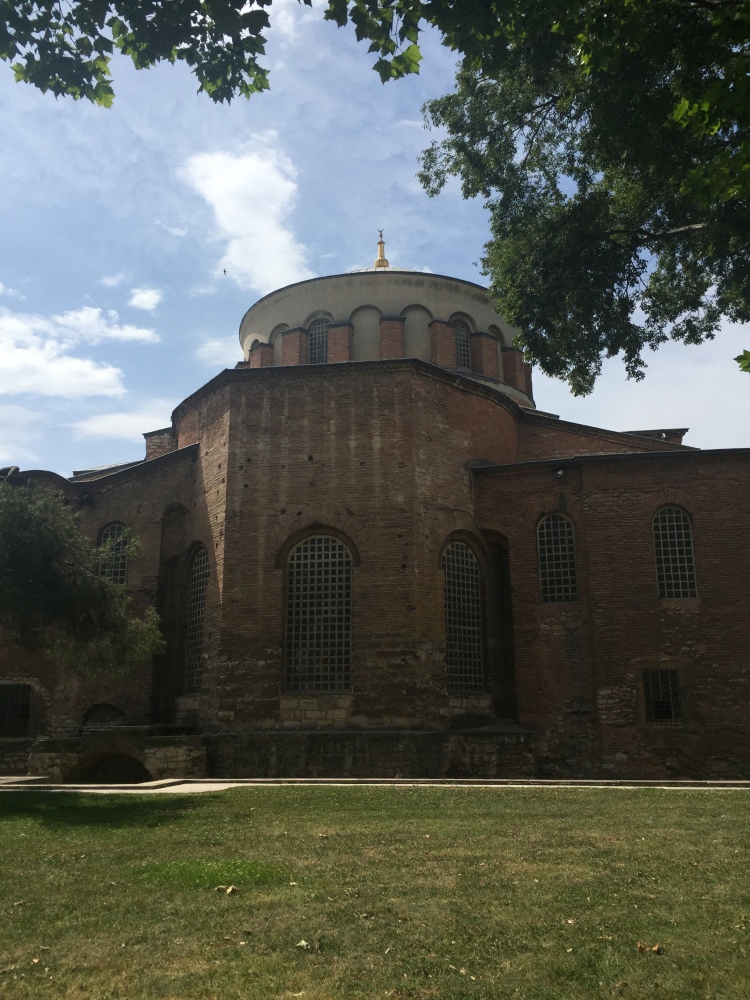
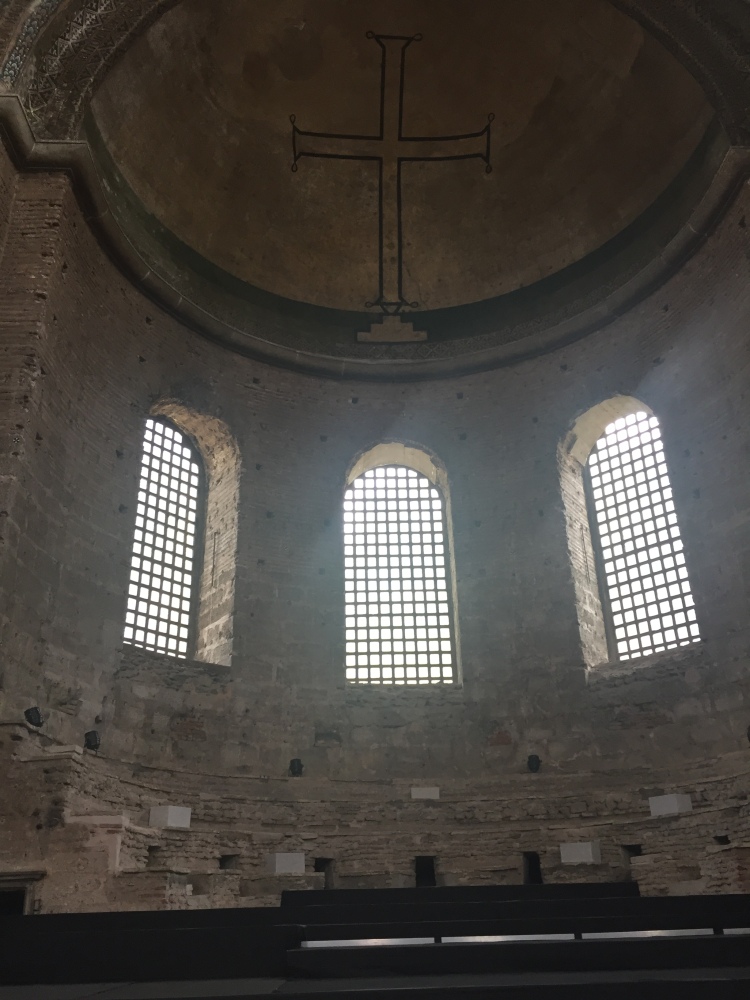

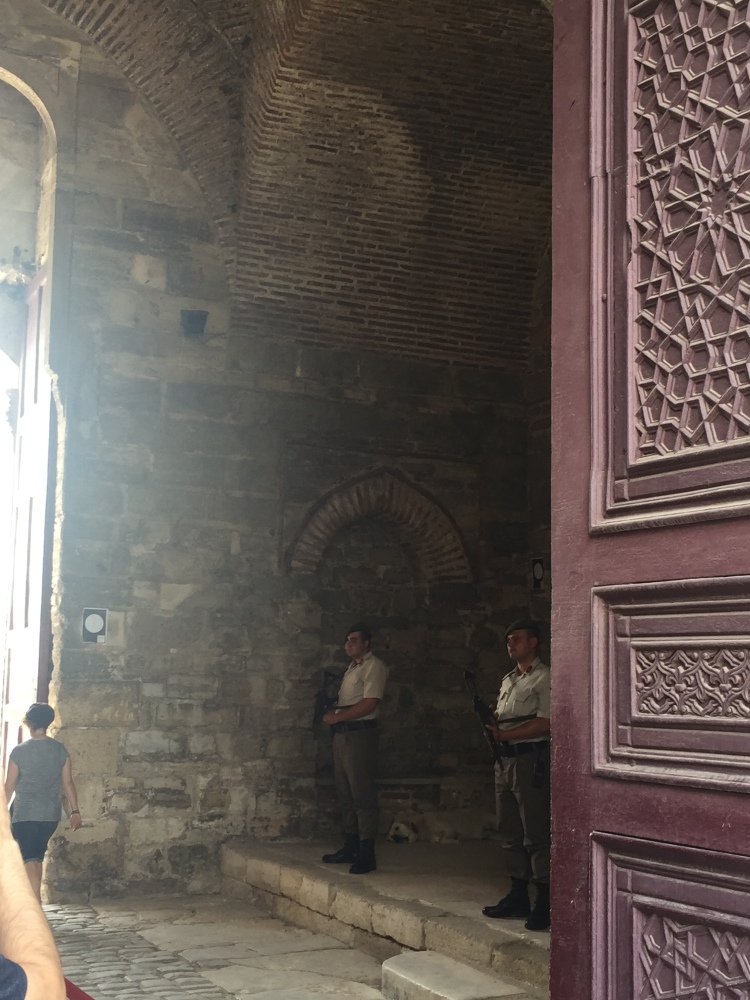

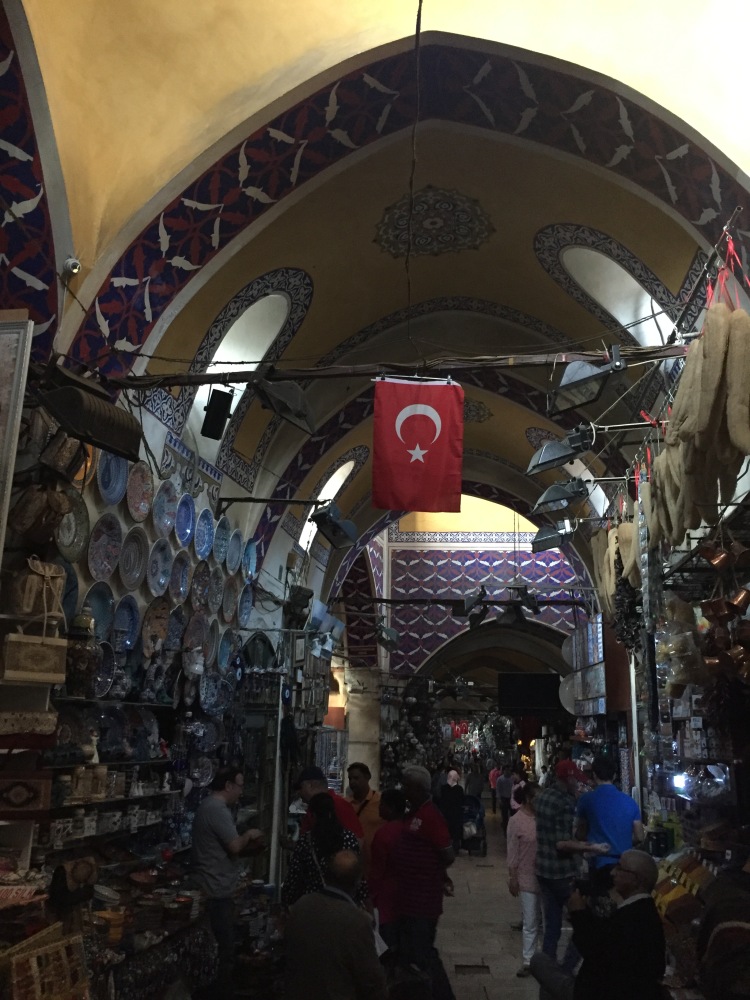
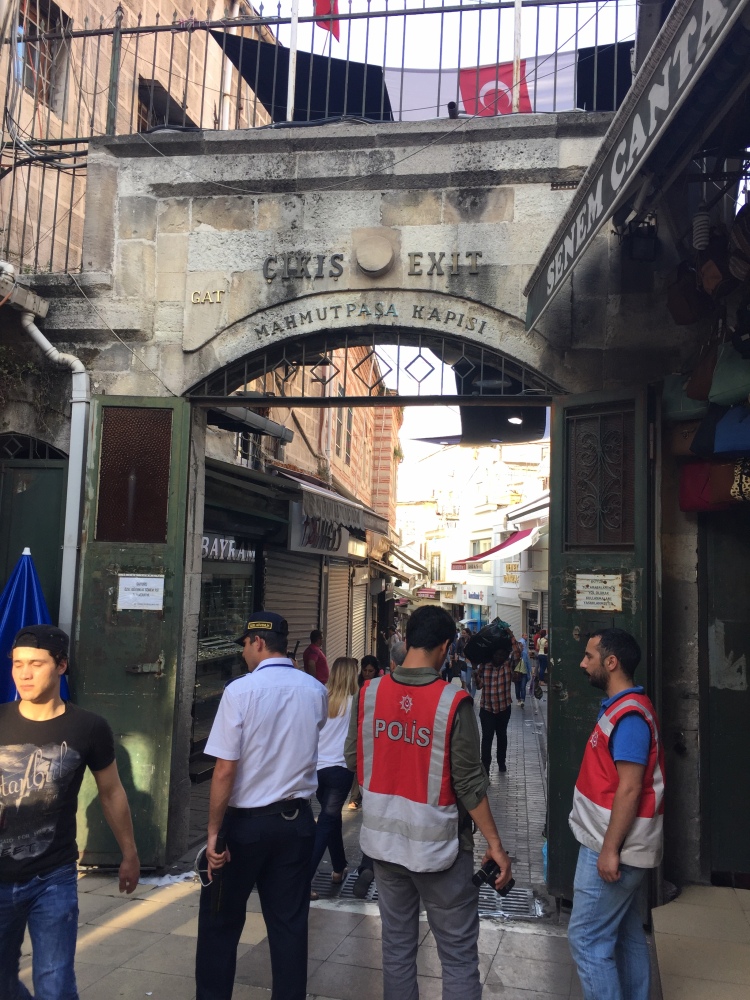
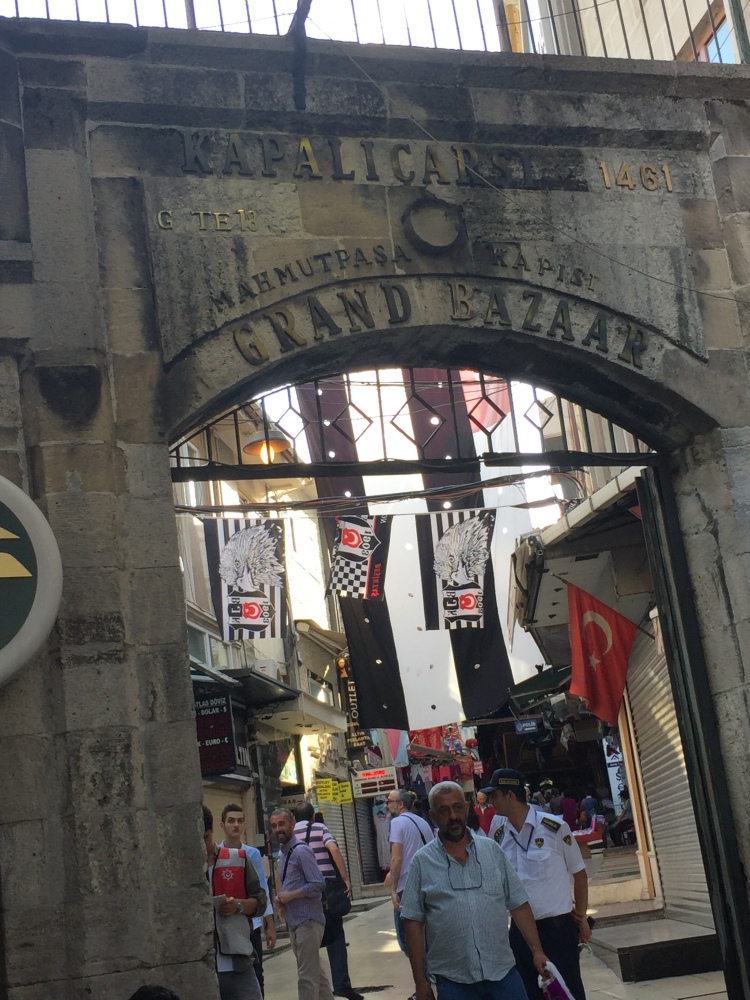
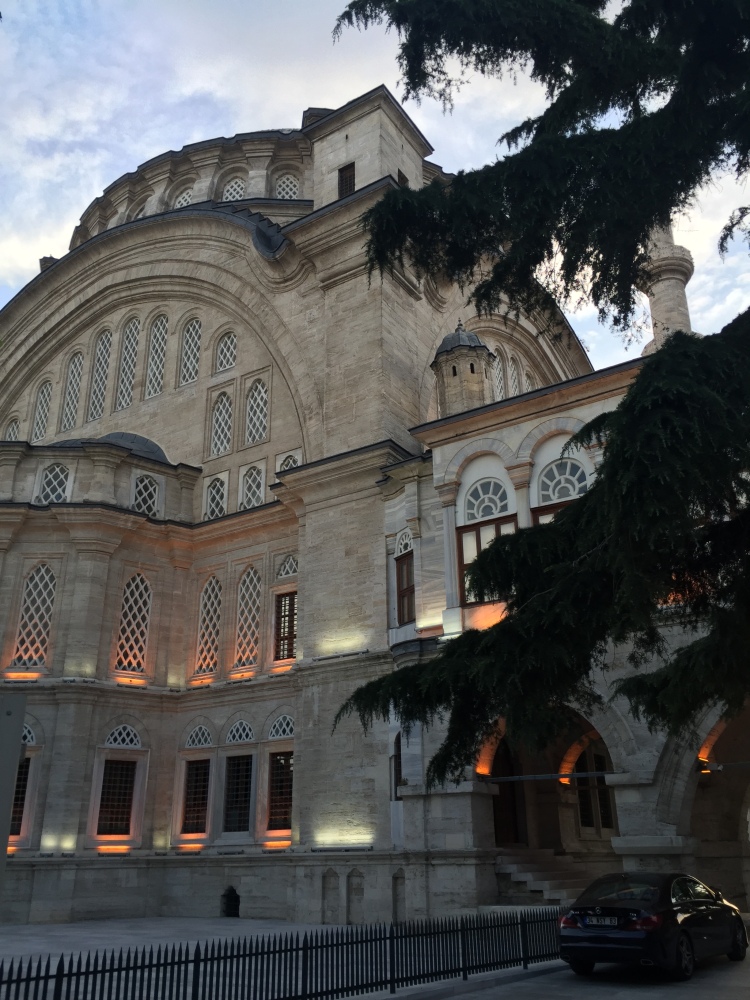

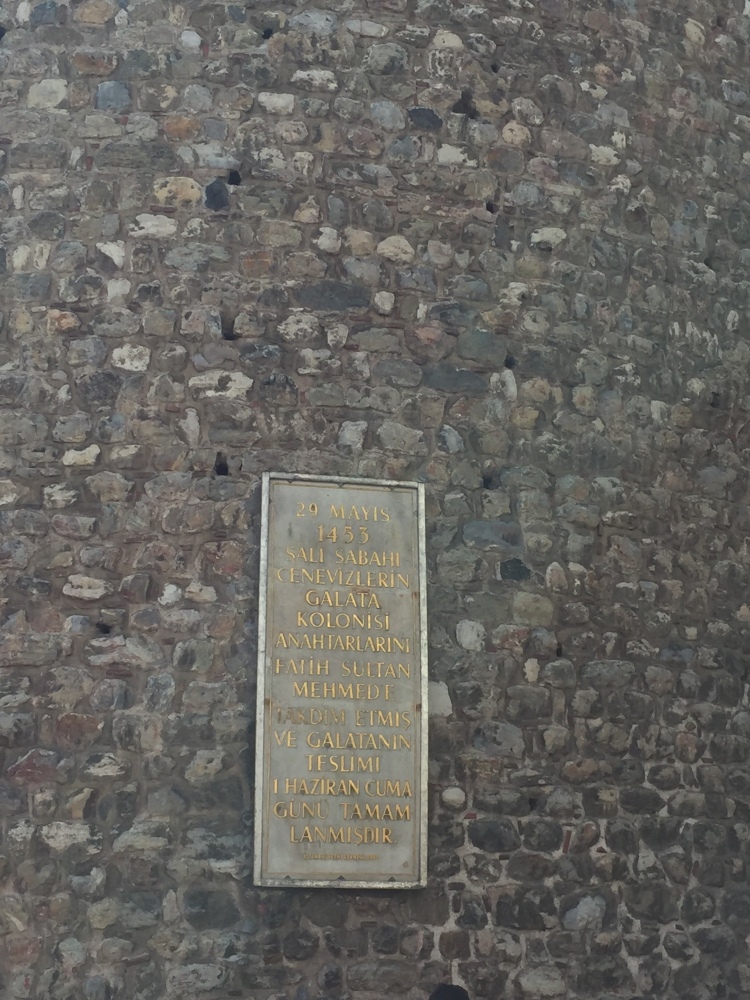
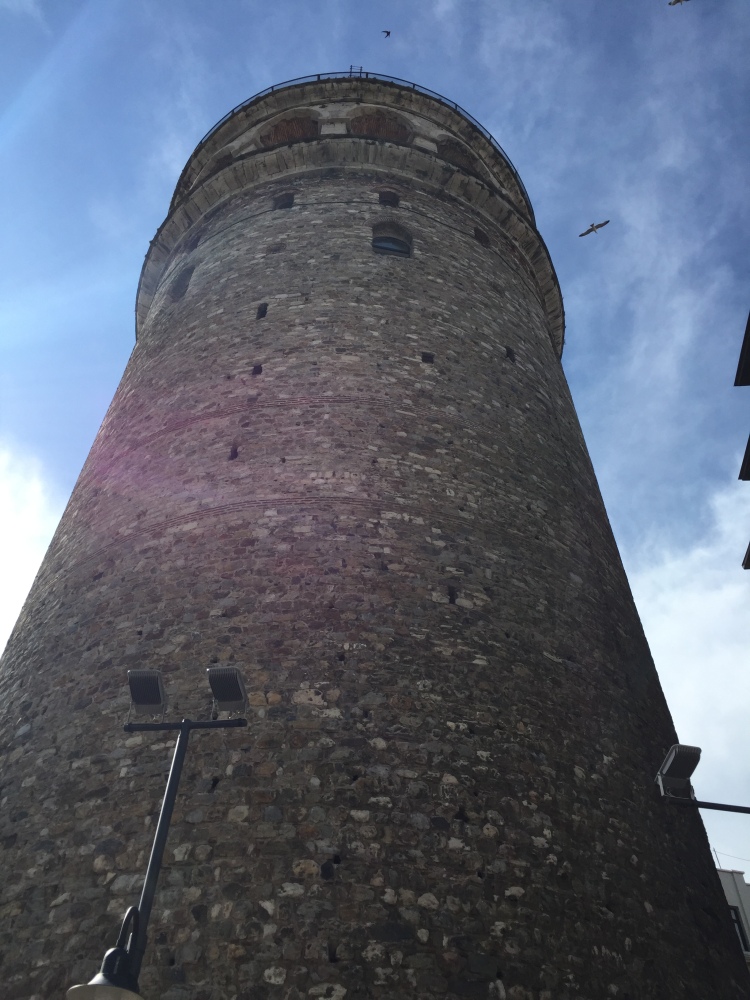
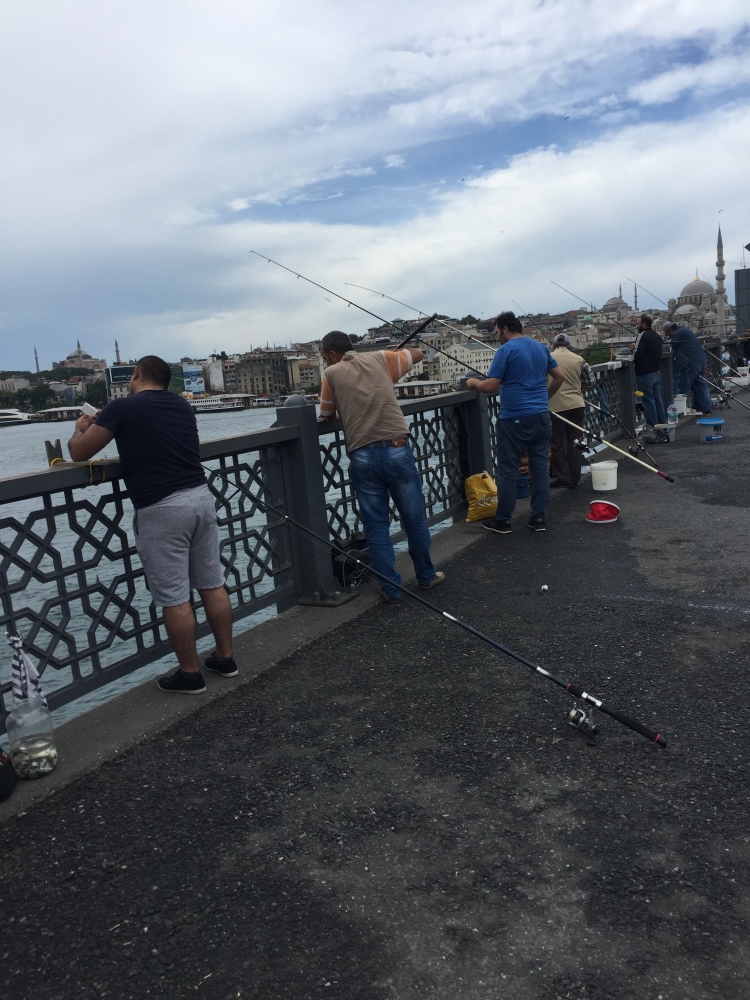
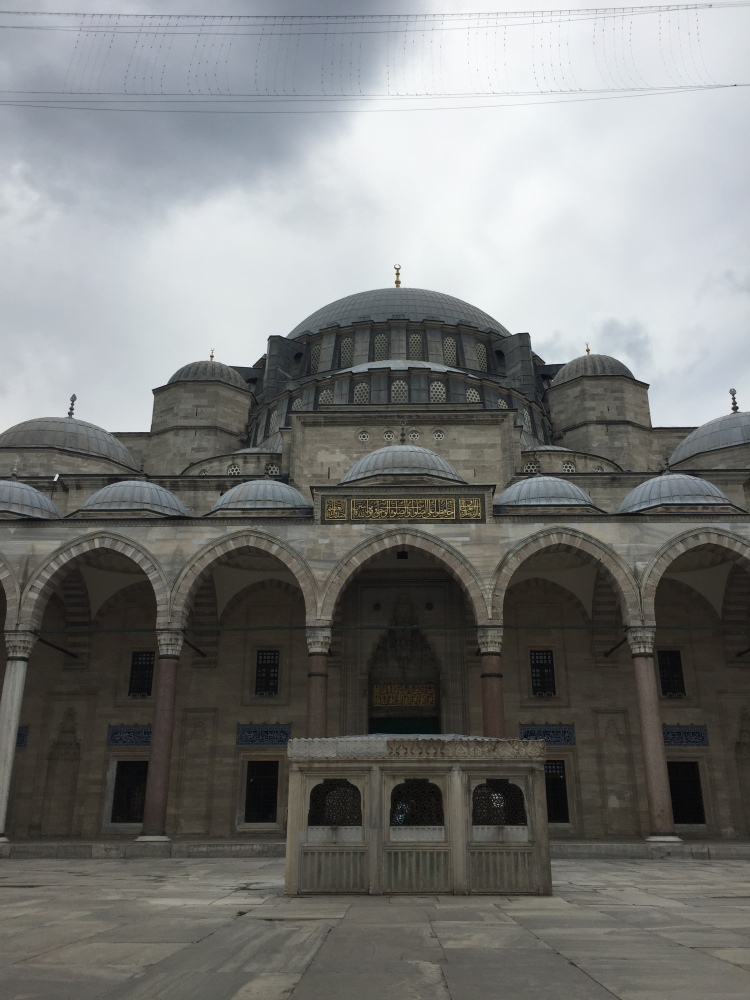
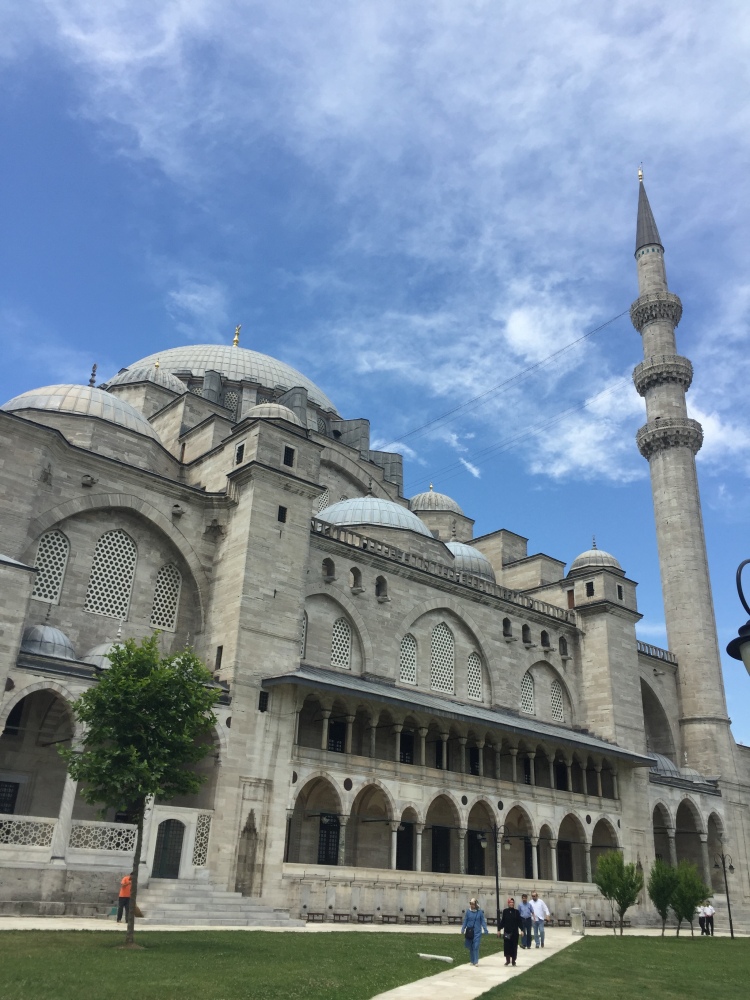
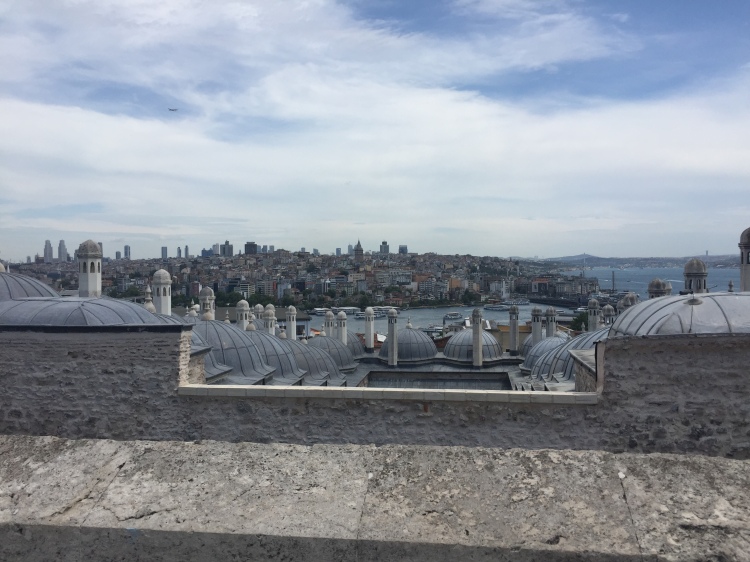
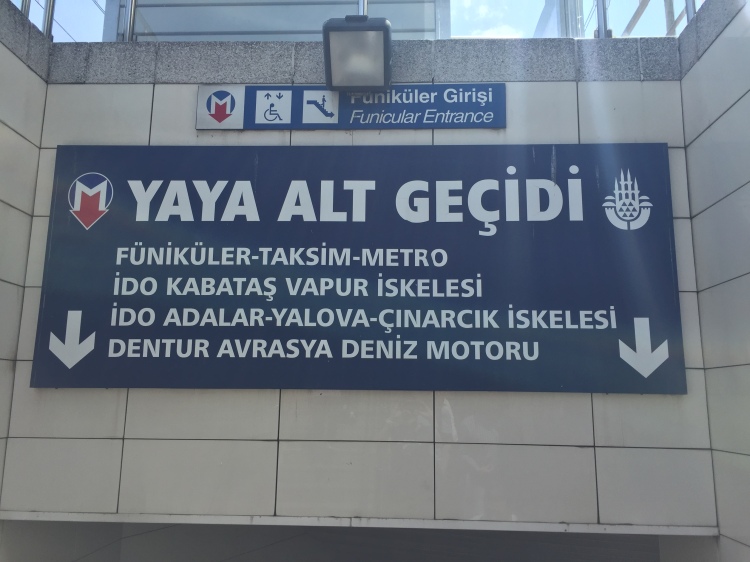
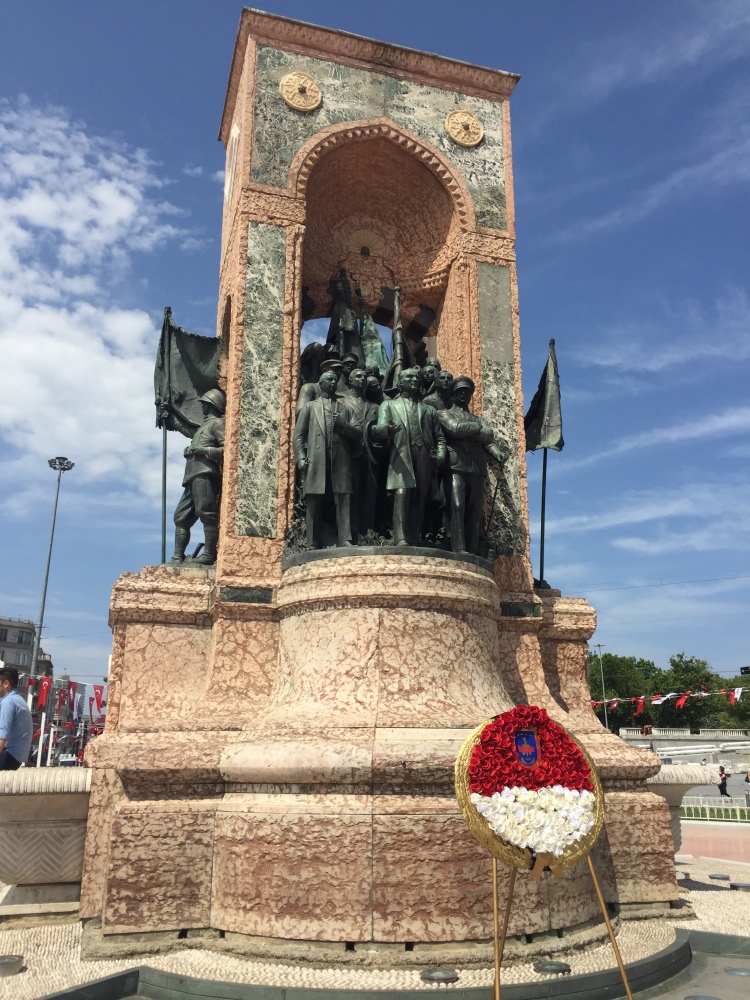

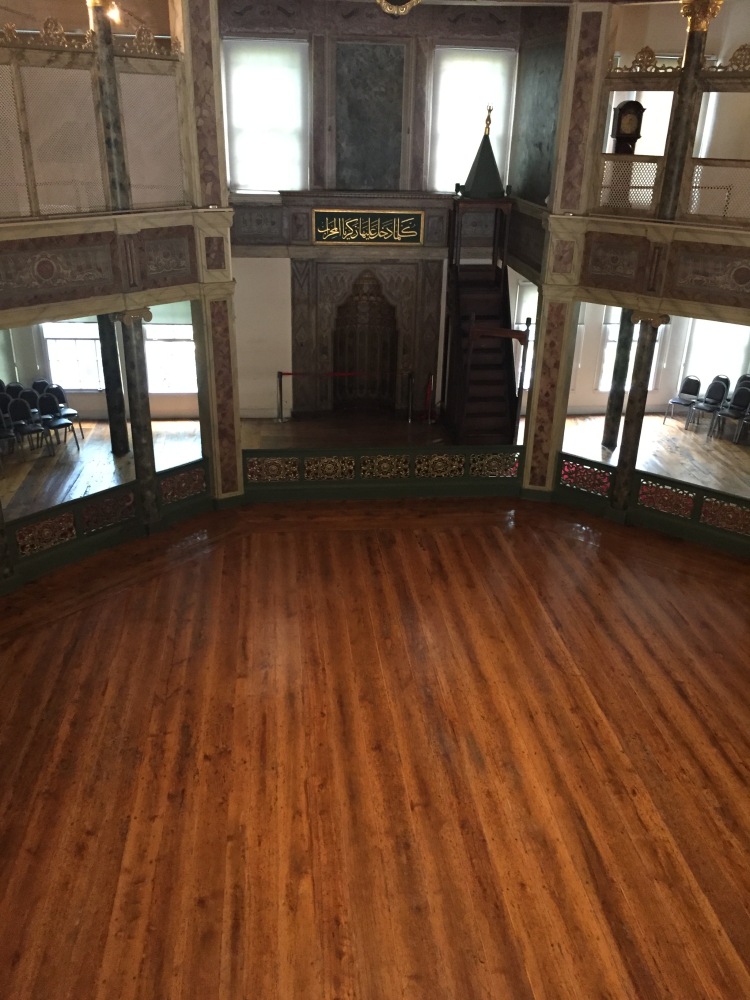
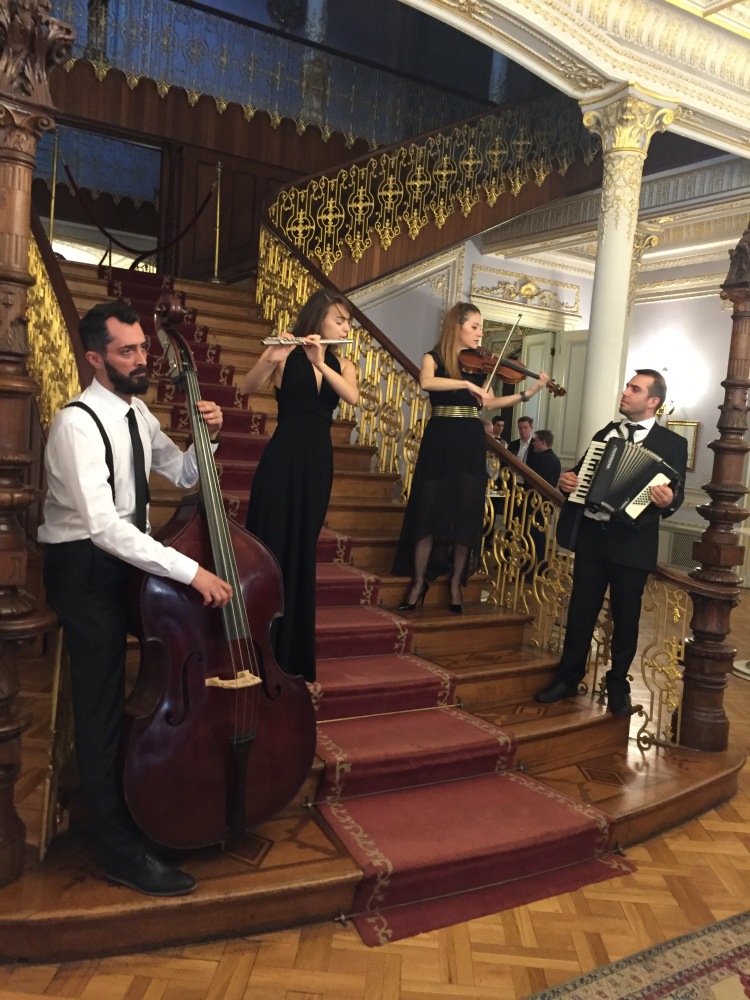

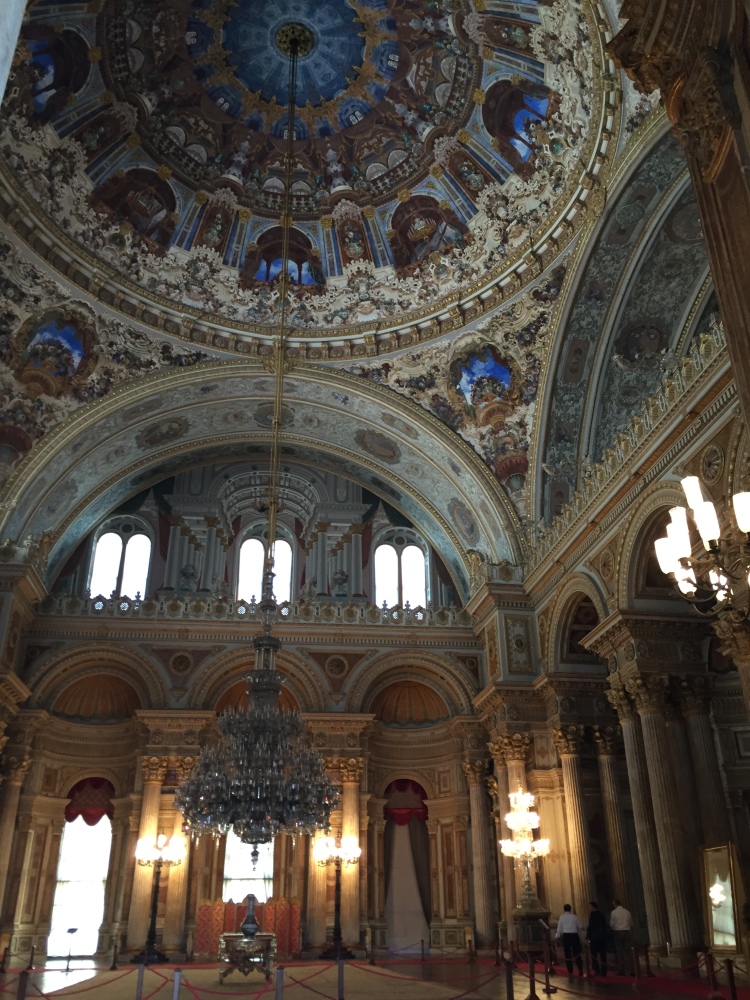
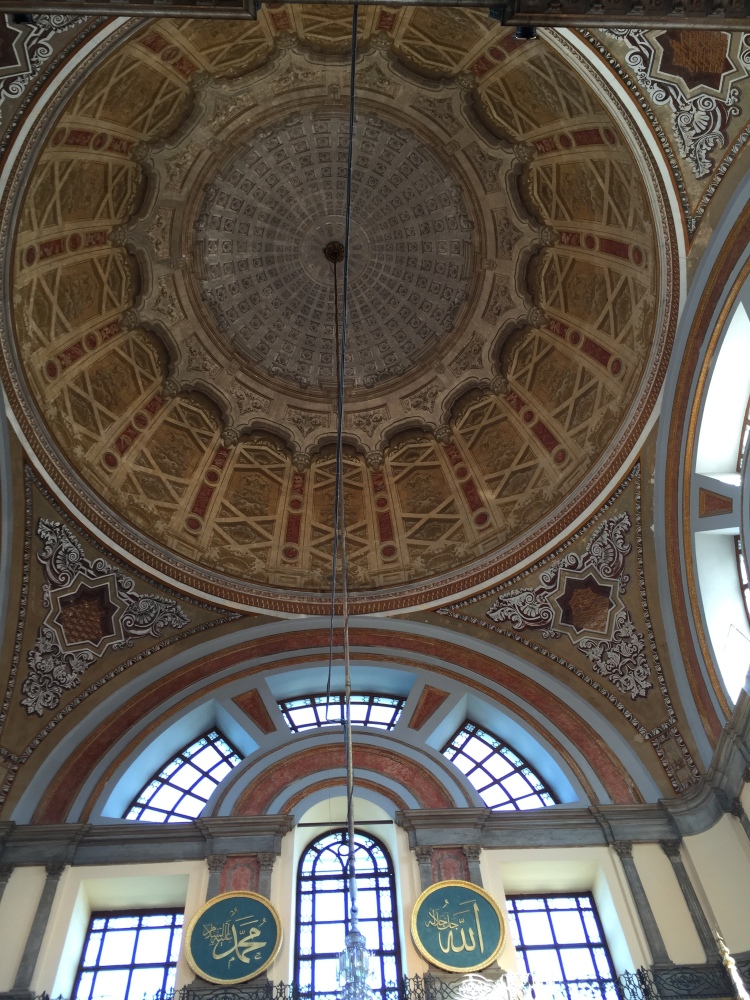
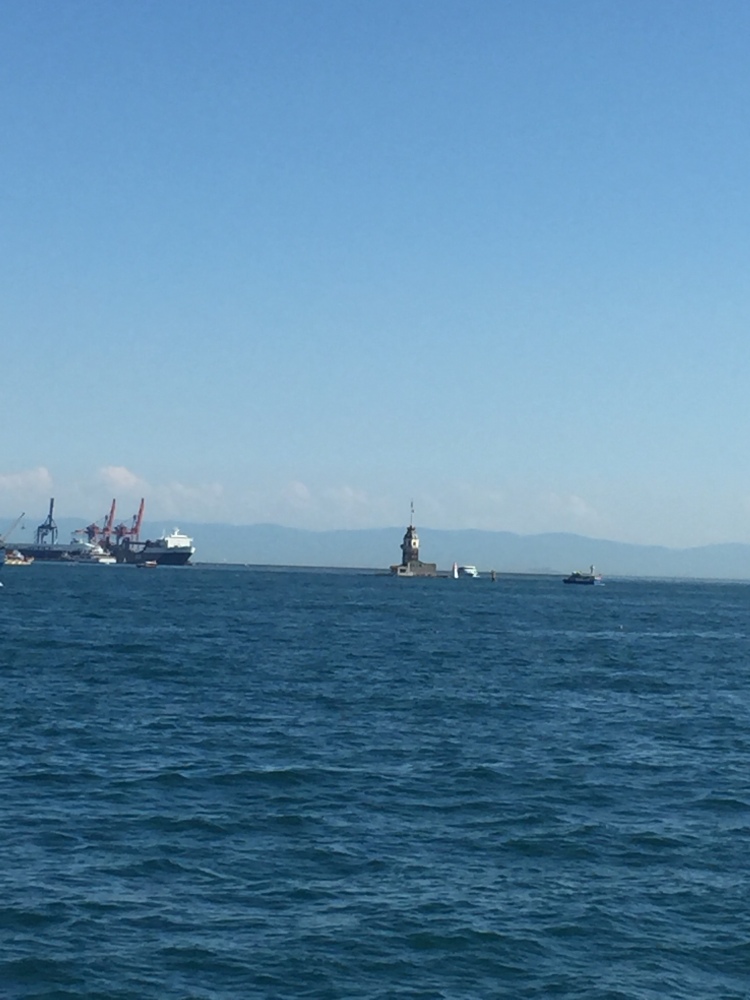
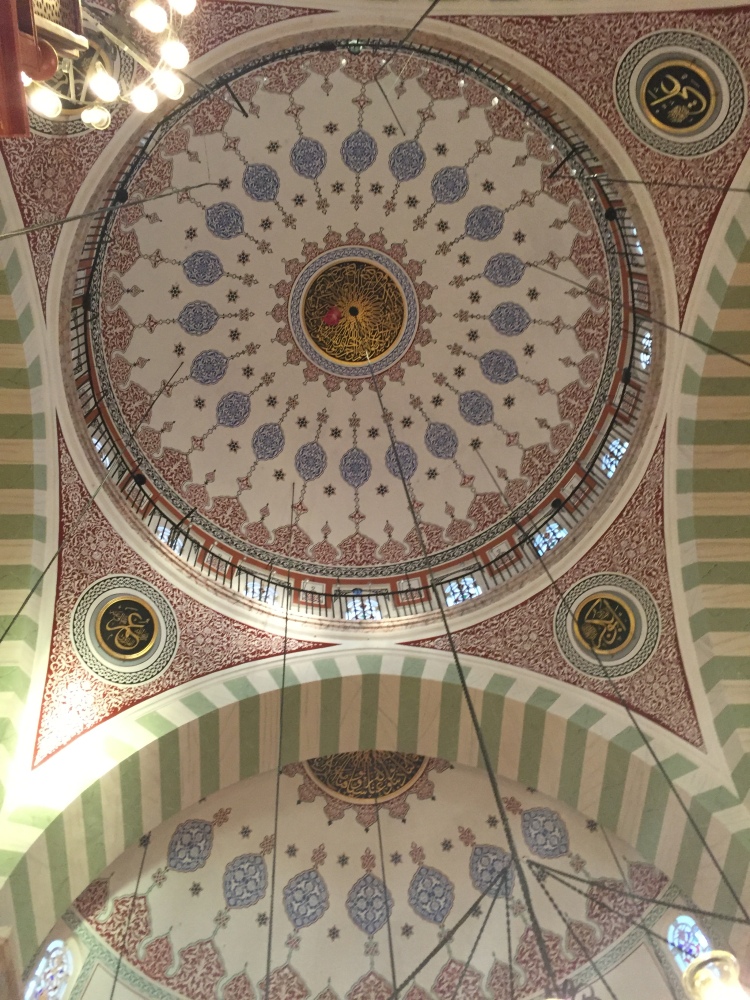
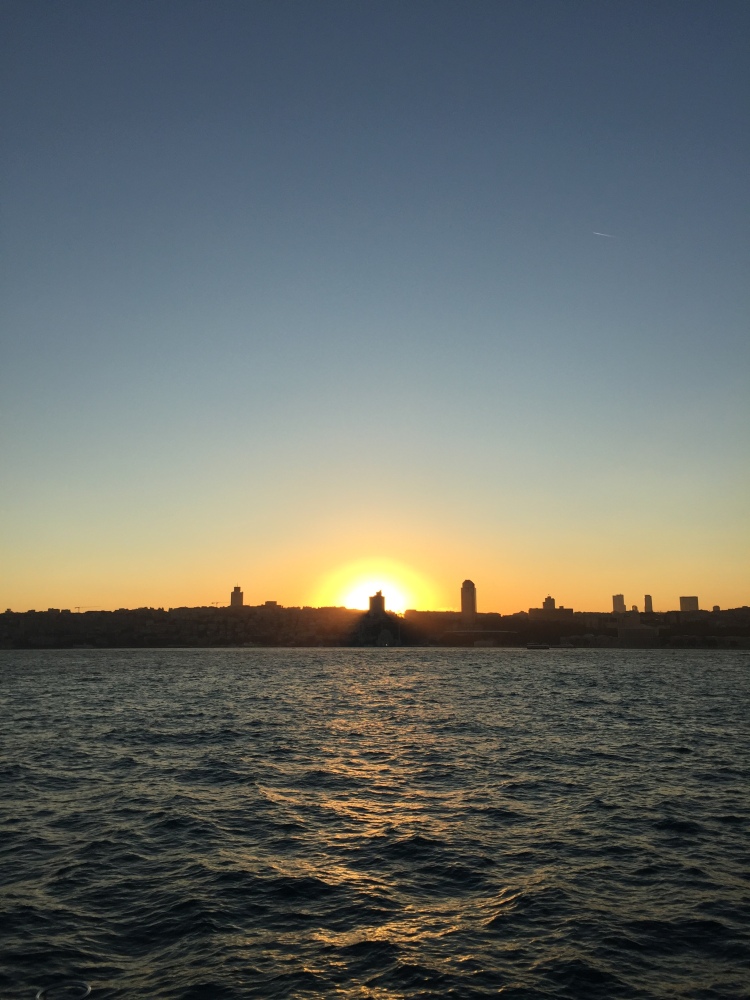






















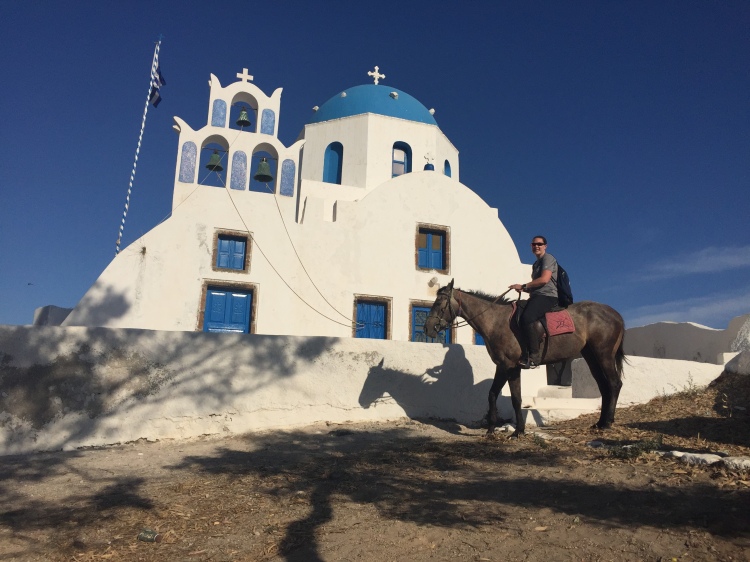


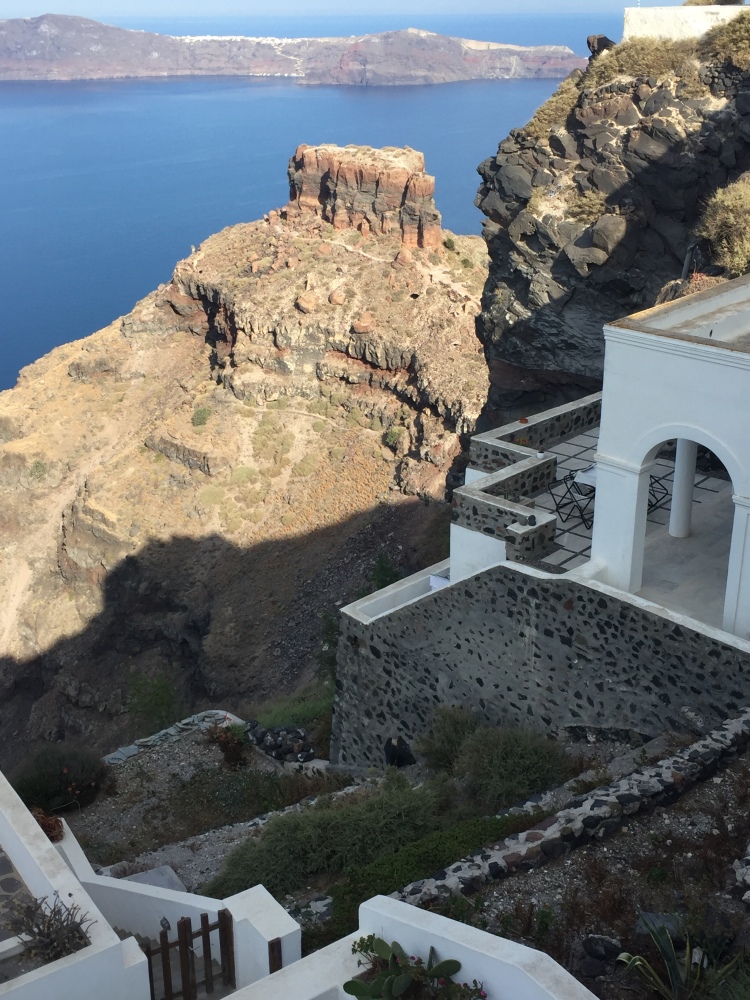
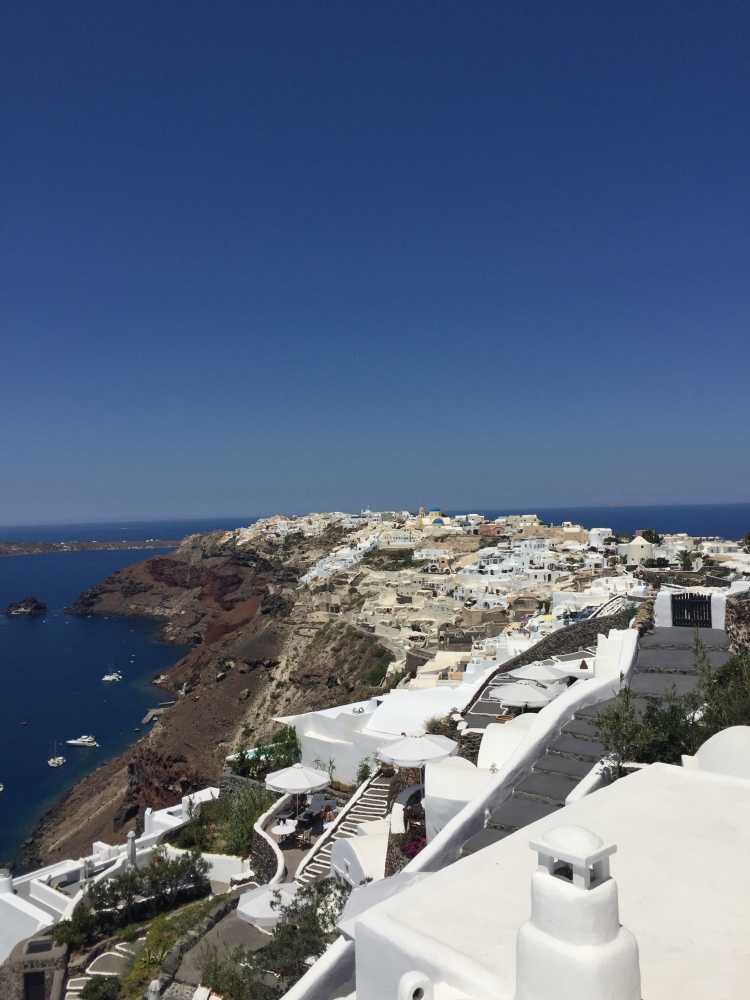
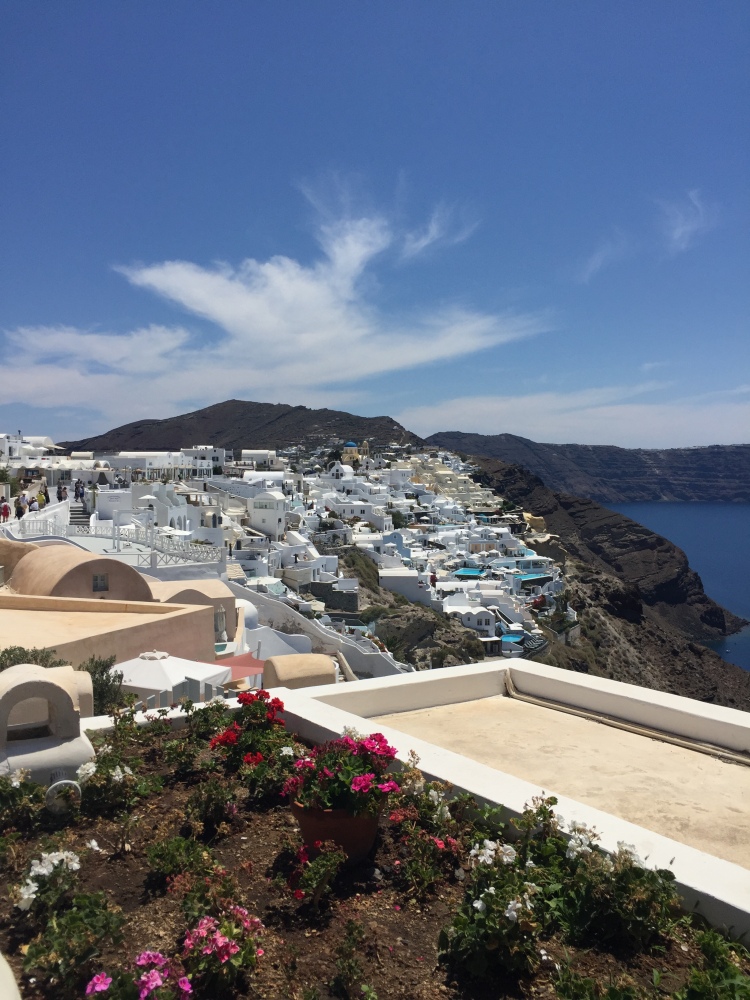
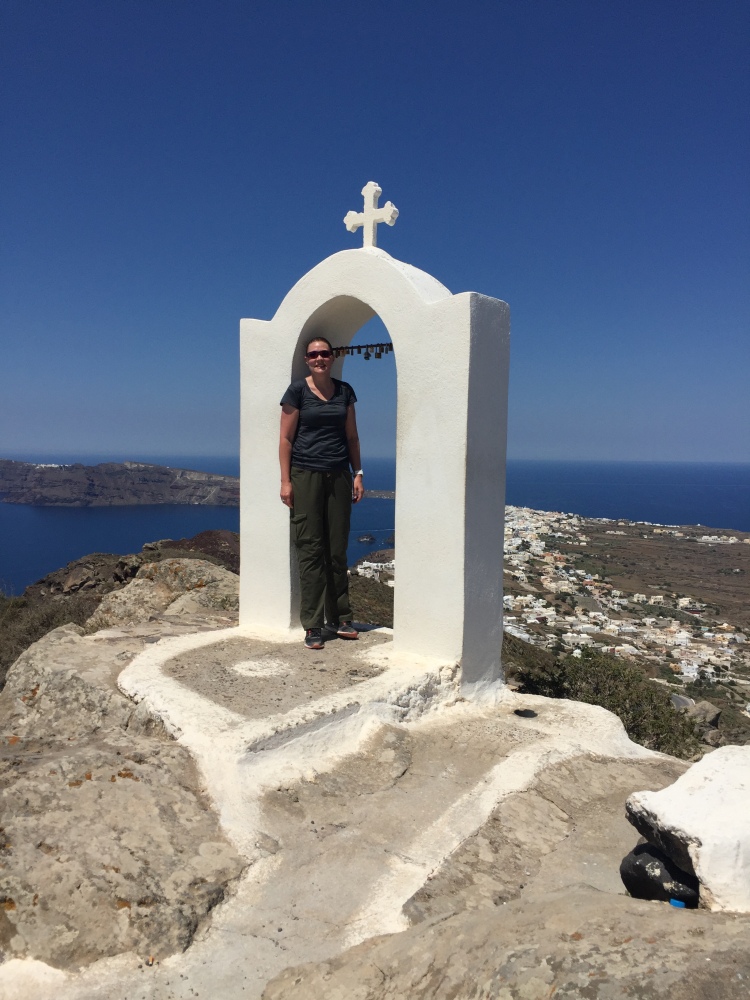 We took a
We took a 